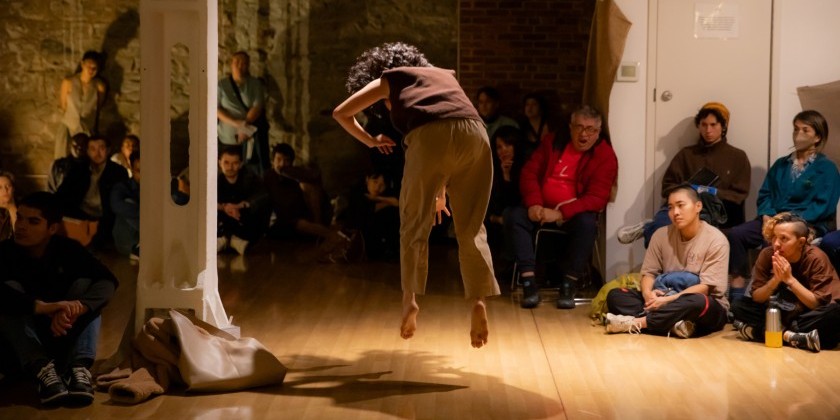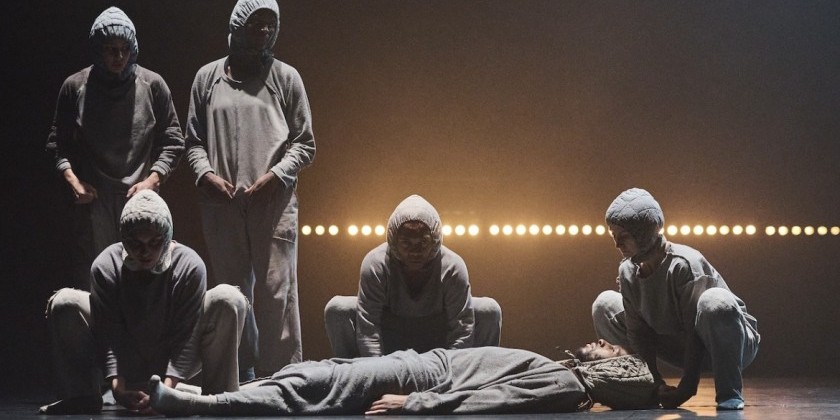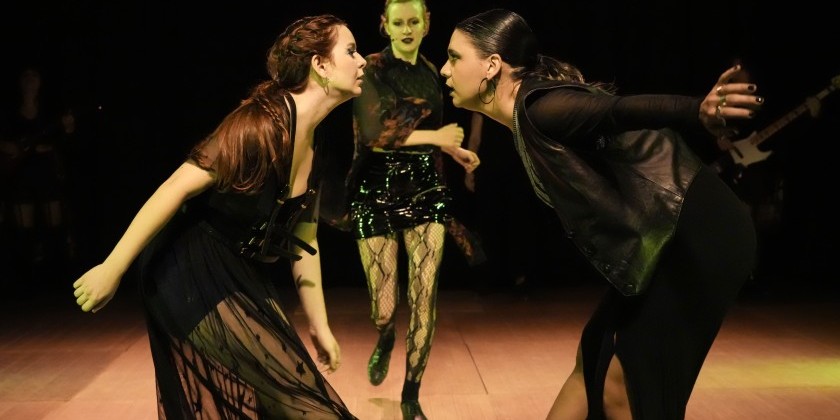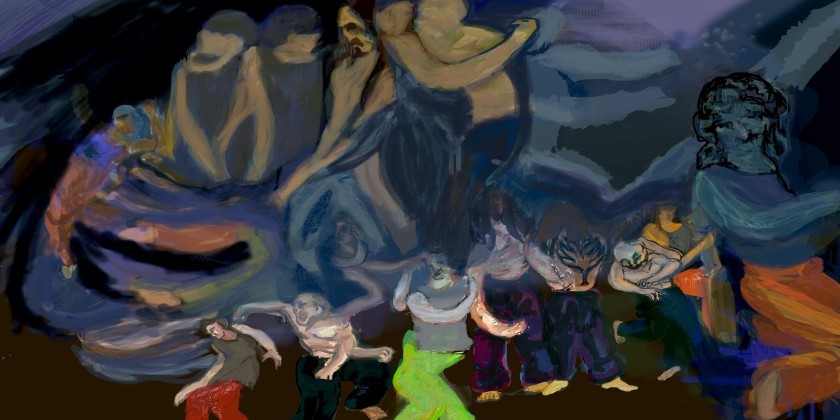AUDIENCE REVIEW: MUSE Home Season 2022 Koresh Dance

Company:
Koresh Dance Company
Performance Date:
June 2-5
Freeform Review:
Last month we watched live on stage these dancers from Koresh Dance Company with the Philadelphia Theatre Company at the Suzanne Roberts Theatre. The program connoted the various ways in which the relationship of muse and creator inspire one another. Following the work of artistic director, Ronen Koresh, is an endless road from a seemingly rich history. As they say, all roads lead to …. somewhere, and this Israeli folk tradition begins Mr. Koresh’s training in modern dance. In rehearsal, I witness dancers running through choreography, but there was one more duet to learn, and this was only days before the opening. I was amazed as was the ensemble at the training of Micah Geyer and Melissa Rector.
Now for the performance, trends are surely out of whack here in Philly, and companies are reimagining themselves. The collaborators with Mr. Koresh are extraordinary, John Levis and Sage Deagro-Ruopp, composers, Peter Jakubowski, lighting designer, and Sandy Mitchel, videographer. The scale on stage focused on the muse in question, and the repertoire brings a big punch with ensemble work into the picture.
The lights slowly come on for the solo by Melissa Rector in this piece, I SHALL NOT BE MOVED. Starting with this feminist protest it feels eloquent and compares startlingly well to Callie Hocter and dancers in their movement, IN BLACK AND WHITE. The dancers round the edgy past of out-of-date ideas of the muse with this activist appeal and sensual allure.
Charging forth we have a piece called DESIRE and RHYTHMS OF HUMANITY in places that introduce where we were going. The core work intermittenly reveals the music and adds those sentimental patterns that characterize whole cities or villages. In reaction to the parts which implode with technique or partnering all together it shows us a performance time that became a place of its own.
In part two, the temple background and lighting fulfilled a magical setting that replaced a moody transcendence created by Robert Tyler in his piece, I DREAM AWAKE. Uncanny creativity goes many times misunderstood, or diagnosed as madness. The madness is as stigmatized a word as mental illness. In revolution, Tyler turns inside out the familiar feeling of the individual misunderstood. The muse of the self perhaps can become as toxic as the influences found outwardly in the world . Ending with an upper, the stage fills with an energy from this piece, MISERELA.
The music is pumping, and the set was misting from fog machines as the dancers reciprocate with fury in tone and bass that fills the house. Composed by Sage DeAgro Ruopp, the rhythm and dance with combined speed and mood from the totality of the program sync with the ensemble in a rush of emotion. Thematically which formed the structure of intimate, sexual, or intolerant moments that may be empathetic of our inspirations in the model or muse.
Author:
Chuck Schultz
Website:
chschulk.wix.com/theater
Photo Credit:
Chuck Schultz











